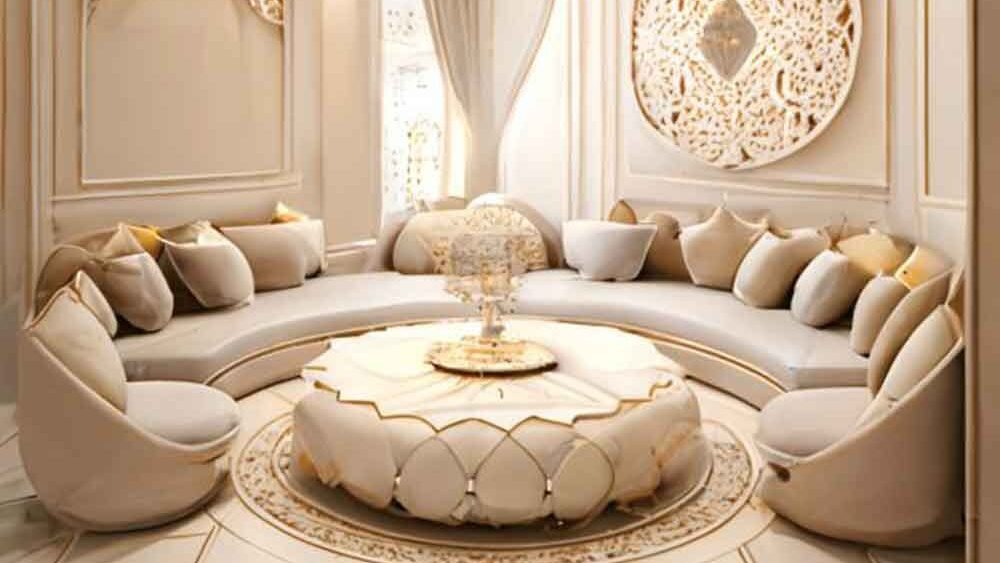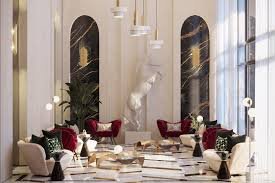Emirati jewelry is much more than a fashion statement; it is a symbol of tradition, heritage, and personal identity. For generations, the people of the United Arab Emirates (UAE) have crafted and worn jewelry that reflects their rich culture and deep-rooted customs. From intricate gold designs to symbolic motifs, Emirati jewelry tells stories of history, love, and celebration.
A Legacy of Craftsmanship

Emirati jewelry design has a long history that dates back centuries. Traditional goldsmithing skills have been passed down through families, ensuring the art remains alive. The use of precious metals such as gold and silver, along with pearls and gemstones, showcases the region’s connection to its natural resources. Gold remains a popular choice, symbolizing wealth and status, while pearls represent the country’s pearl-diving heritage.
Skilled artisans craft jewelry using traditional techniques, including hand-engraving and filigree work. These detailed patterns are often inspired by Islamic art, nature, and Emirati culture. Geometric shapes, floral motifs, and calligraphy are frequently seen in their designs. Many jewelry pieces are custom-made to commemorate significant milestones, further enhancing their sentimental value.

Symbolism and Meaning
Every piece of Emirati jewelry carries cultural significance. Necklaces, bracelets, rings, and earrings are often designed with symbolic elements. For example:
- Al Murtaasha: A traditional gold necklace worn by brides, symbolizing beauty and wealth.
- Al Fattam: A nose ring that represents femininity and elegance.
- Al Shnaf: Decorative headpieces often worn during weddings and special occasions.
- Bangles and Anklets: Often adorned with small bells or charms, they symbolize joy and prosperity.
Jewelry is also believed to bring protection and good fortune. Some designs include talismans or inscriptions of verses from the Quran, believed to ward off negative energy. The use of blue stones and evil eye motifs is also common, reflecting traditional beliefs in warding off envy.

Jewelry in Emirati Celebrations

Jewelry plays a prominent role in Emirati weddings and festivals. During traditional weddings, brides are often adorned with elaborate gold sets gifted by their families. The exchange of jewelry is a symbol of blessings and prosperity. Similarly, during Eid celebrations, women and children often wear new jewelry as a mark of joy and festivity.
Another cherished custom is the gifting of gold jewelry to newborns and young girls, symbolizing protection and love. These pieces are often passed down as heirlooms, carrying sentimental value for generations. The intricate craftsmanship of these family treasures serves as a reminder of familial bonds and cultural pride.
In addition to weddings and festivals, jewelry is also worn to mark significant life events. Birthdays, engagements, and religious ceremonies are occasions where beautifully crafted jewelry becomes a part of the celebration.
Modern Influence and Contemporary Design
While traditional Emirati jewelry remains beloved, contemporary designers are also making their mark. Modern Emirati jewelers blend heritage with innovation, creating designs that appeal to younger generations. By incorporating minimalist styles and using sustainable materials, these designers preserve the cultural essence while embracing modern fashion trends.
Jewelry brands in the UAE, like Azza Fahmy and MKS Jewelry, are known for celebrating Emirati heritage through their collections. They often use Arabic calligraphy, cultural symbols, and intricate patterns to capture the spirit of the UAE. Many Emirati designers are also gaining international recognition, reflecting the global appreciation of the region’s artistic heritage.
Additionally, Emirati jewelry is often showcased at international fashion shows, museums, and cultural exhibitions. The intricate craftsmanship and cultural storytelling embedded in each piece captivate audiences worldwide.
Preserving Cultural Identity
The government and cultural institutions in the UAE are actively involved in preserving the country’s jewelry heritage. Museums like the Etihad Museum and Dubai Museum display traditional jewelry pieces, educating visitors about their significance. Heritage festivals and craft exhibitions also provide artisans with platforms to showcase their work and pass on their skills.
Additionally, jewelry-making workshops and educational programs are held to encourage younger generations to learn the craft. By promoting traditional jewelry design, the UAE ensures that this cultural art form remains an integral part of its identity. The establishment of heritage preservation societies and artisan guilds further strengthens the commitment to safeguarding this invaluable tradition.
Sustainability and Ethical Craftsmanship
Modern Emirati jewelry designers are also increasingly embracing sustainable and ethical practices. From responsibly sourced gemstones to recycled metals, many designers prioritize environmentally conscious production methods. This commitment to sustainability not only preserves natural resources but also aligns with global movements toward responsible consumerism.
Furthermore, artisans are supported through fair trade initiatives, ensuring their traditional skills are valued and fairly compensated. By fostering ethical craftsmanship, the UAE continues to honor its cultural heritage while contributing to a sustainable future.
Conclusion
Emirati jewelry is a dazzling reflection of the UAE’s history, culture, and values. Each piece carries stories of love, protection, and tradition, making it more than just an accessory. As contemporary designers continue to honor these traditions, the legacy of Emirati jewelry remains as vibrant as ever.
Whether worn for a celebration, gifted as a symbol of affection, or cherished as a family heirloom, Emirati jewelry continues to shine as a timeless treasure of cultural pride. Through the dedication of artisans and the appreciation of its people, the tradition of Emirati jewelry will undoubtedly endure for generations to come.
Also read: Discover the Cultural Beauty of Arabic Calligraphy in the UAECultural














